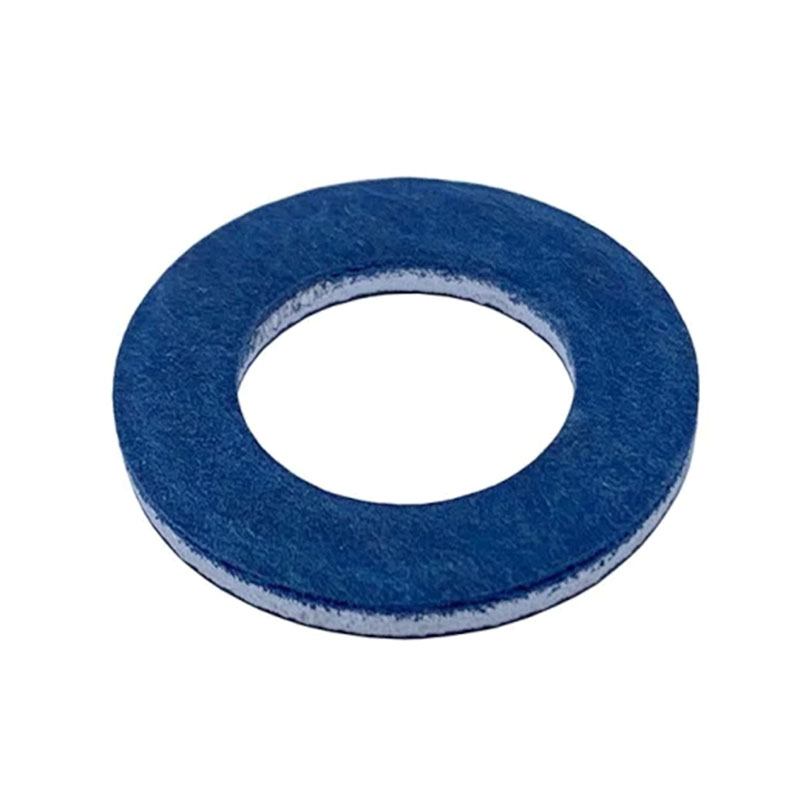o ring
The O-ring, a seemingly simple yet crucial component, plays an essential role in various industries, particularly in the fields of engineering and manufacturing. This circular elastomeric seal is designed to fit into a groove, creating a barrier that prevents the leakage of fluids and gases. Understanding the significance of O-rings requires delving into their unique characteristics, applications, and the science behind their design.
.
One of the primary functions of an O-ring is to provide a seal that prevents the escape of fluids, which can be critical in high-pressure environments. Their usage spans a range of applications, from household items like faucets and appliances to complex aerospace systems. The infamous Challenger Space Shuttle disaster in 1986 highlighted the importance of O-rings when the failure of the O-rings in its solid rocket boosters led to a catastrophic explosion shortly after launch. This incident underscored the necessity of rigorous testing and quality assurance in the manufacturing of critical components.
o ring

The effectiveness of an O-ring is influenced by various factors, including the size and cross-sectional shape of the ring, the materials used, and the assembly process. Engineers must carefully consider these elements to ensure proper compression and fit within the assembly, guaranteeing that the O-ring will function effectively under the operating conditions.
In conclusion, O-rings are more than just a simple ring; they are vital components that ensure the reliability and safety of countless systems. Their versatility allows them to be incorporated into a wide range of applications, making them indispensable in modern engineering. As industries continue to evolve and new materials are developed, the potential applications for O-rings will expand, driving innovations that enhance performance and safety across various sectors. Understanding and mastering the science of O-rings is essential for engineers and manufacturers aiming to design and produce reliable and efficient systems.
-
Understanding the Front Main Engine Seal: Purpose, Maintenance, and Installation
News Jul.29,2025
-
Understanding O-Rings and Seal Rings: Types, Applications, and Custom Solutions
News Jul.29,2025
-
Understanding Crankshaft Oil Seals: Rear Seals, Pulley Seals, and Their Role in Engine Integrity
News Jul.29,2025
-
The Importance of Front and Rear Crankshaft Seals in Engine Performance and Oil Management
News Jul.29,2025
-
Crank Oil Seals: Functions, Types, and Cost Considerations in Engine Maintenance
News Jul.29,2025
-
A Comprehensive Guide to O-Rings and Seals: Types, Materials, and Global Applications
News Jul.29,2025
-
Mastering Diesel and Performance Engine Maintenance: A Guide to Critical Oil Gaskets
News Jul.28,2025
Products categories















